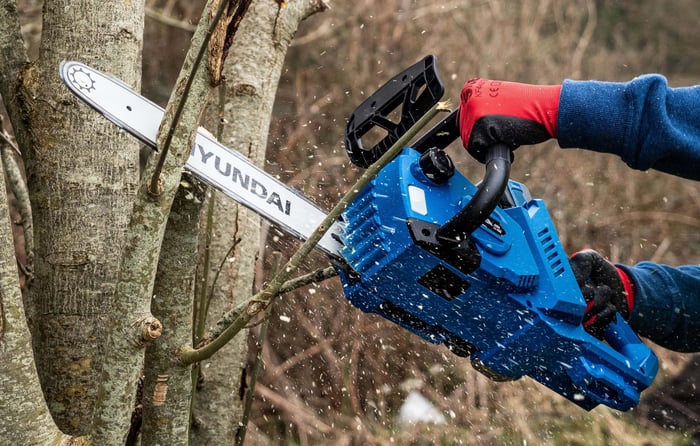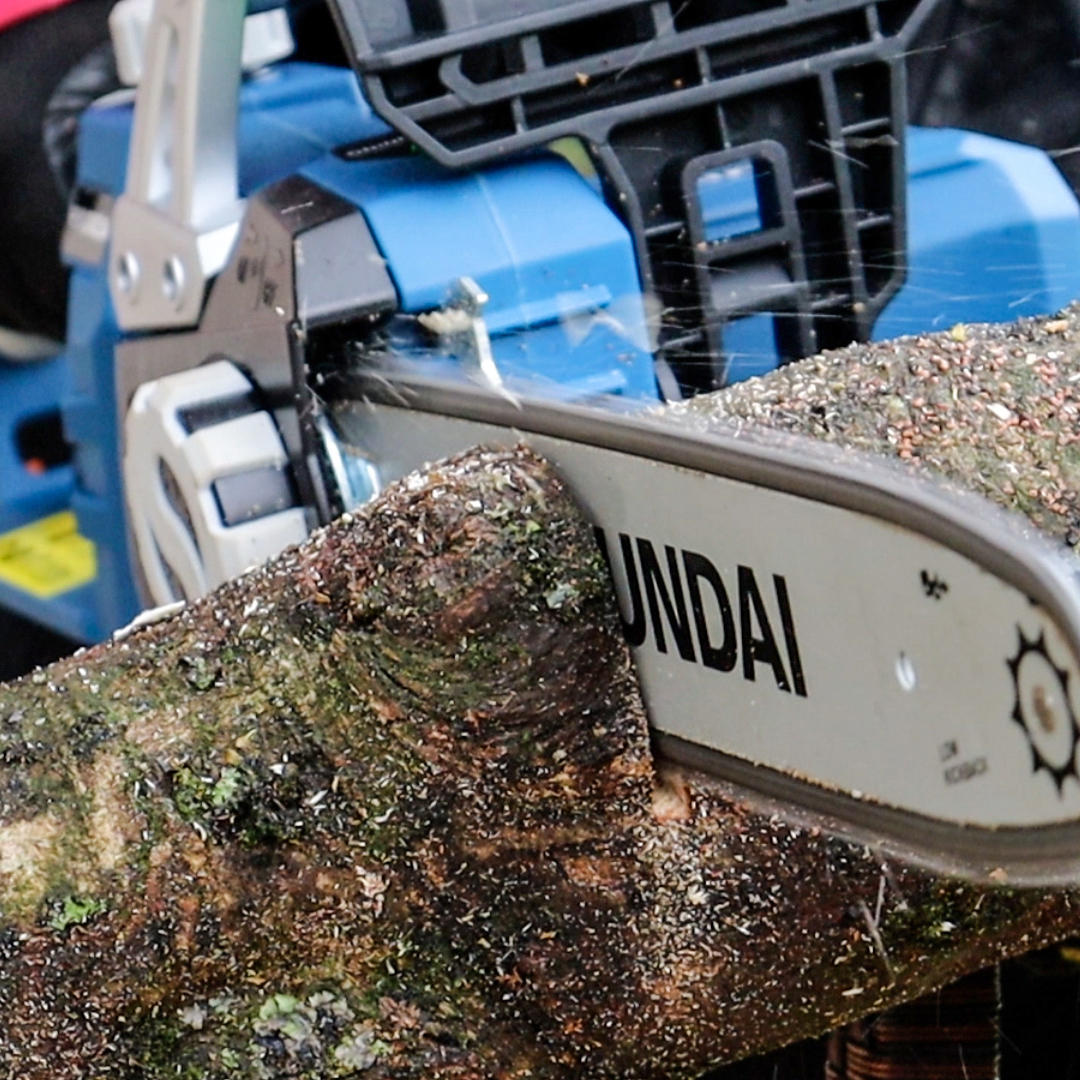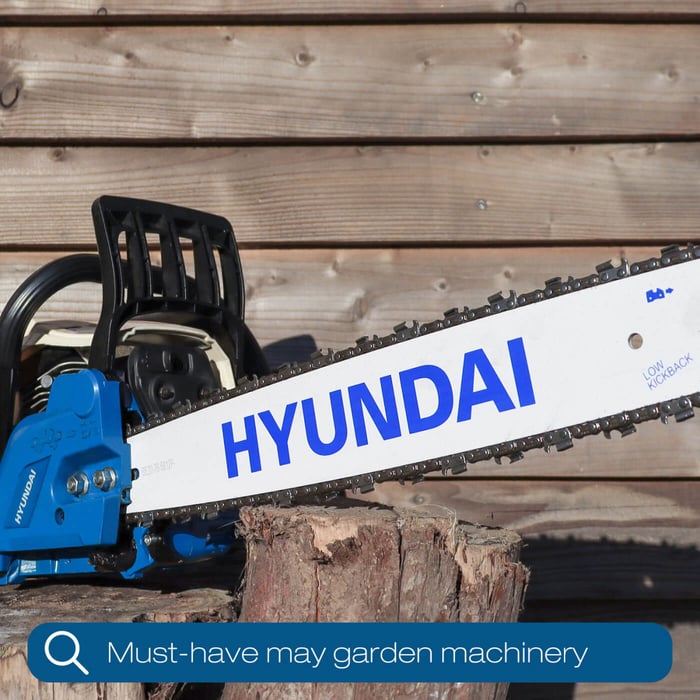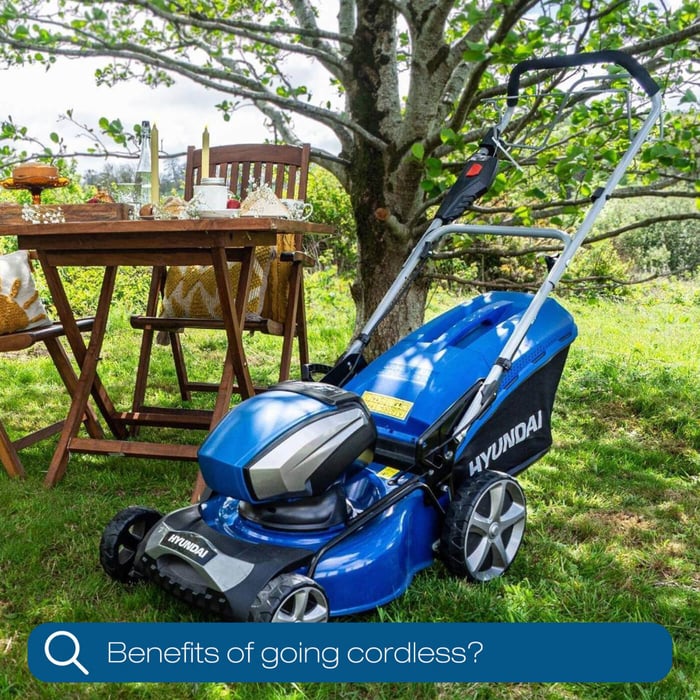
A Buyer’s Guide to Chainsaws: Petrol vs Electric
Although petrol, electric and battery chainsaws are all able to offer the same function – to be able to chop wood – there are differences between the models that affect their suitability for different jobs. How can you tell which one would be the best fit for you?
Before purchasing a new chainsaw, it’s essential to consider what you’ll be using it for, as well as how often you’ll be using it.
For example, will it just be used to keep on top of your garden maintenance with minimal use over the year, or are you going to be using it multiple times per week for felling trees and cutting logs?
Once you’ve worked this out, you can begin to consider the different options available.
Power
Electric chainsaws can either be powered by the mains supply (corded) or through a battery (cordless).
Electric chainsaws are designed for domestic use such as cutting firewood, pruning or felling small trees.
The amount of power that a petrol chainsaw can provide relates to its engine size (cc), and larger petrol engines are able to provide more power than electric saws. Although there are other things to consider such as bar size, as a guide, here’s a list of our recommended petrol engine sizes for different purposes:
Light Duty – up to 40cc engine. These are suitable for trimming, light pruning and felling small to medium-sized trees.
Medium Duty – 41cc - 50cc engine. These chainsaws are great for regularly cutting firewood and medium tree felling.
Heavy Duty – 51cc - 62cc engine. These chainsaws are ideal for those with landscaping businesses, large gardens or who regularly fell medium and large trees, cut firewood and cut denser wood types.
Bar Length
Bar length relates to the size of the cutting blade. Petrol and electric chainsaws will have different bar lengths which relate to the size of the wood you are planning to cut.
For smaller jobs, a smaller bar length would suit; however, for bigger jobs, you’ll want a longer bar length.

Ease of Use
In terms of portability, battery-powered and petrol chainsaws are able to be taken anywhere as they don’t rely on a mains supply like their corded electric counterparts, where you can only go as far as the cord allows.
Corded electric chainsaws are ideal for smaller gardens and usually offer around 10m of power cable which means you won’t have to faff around with any extension cables in a smaller-sized garden. For larger gardens, professionals and for extra portability, we would recommend one of the cable-free options.
Electric chainsaws also get going at the push of a button, whereas you may need to top up fuel or oil on petrol saws – but on the other hand, refuelling is faster than waiting for a battery to charge.
Although corded electric saws are lightweight, battery-powered chainsaws are the lightest and most portable option of all. Both types of electric saws weigh less and are generally less bulky than petrol saws, but won’t be able to tackle the larger, heavy-duty jobs that petrol saws can.
Maintenance
If you’re looking for a chainsaw that has minimal maintenance requirements, your best bet is an electric chainsaw. Apart from ensuring the chain is working properly and is suitably sharp and lubricated, that’s usually where the maintenance ends! Many of our Hyundai electric chainsaws also come with tool-free chain adjustment as well as automatic chain lubrication to make maintenance as quick and easy as possible.
Because petrol chainsaws are powered by an engine, it will need maintenance and will also require changing filters once when they dirty. However, this maintenance is still straightforward and we also have a range of ‘how to’ videos on our YouTube which demonstrate how you can maintain your saw, and we have a UK-based parts centre if you need anything replaced.
Safety
Electric and petrol chainsaws all come packed with the same safety features, such as a chain brake to stop the chain immediately in the event of any kickback and a lockout button to prevent accidental starting.
However, unlike electric chainsaws, petrol saws can’t be used inside in a shed or workshop because of the fumes they emit.
Alternative Options
If you’re looking to just prune taller, overhanging trees, it might be worth considering a different option – what about a pole saw or garden multi-tool?
Both of these options come with a chainsaw attachment to trim taller branches and save you having to use your chainsaw whilst balancing up on a ladder.
We hope you’ve found this guide helpful and remember: if you need any further buying advice, our team of experts is on-hand to help you so just get in touch!
Click here to see our full range of chainsaws available. For expert advice or any questions you may have, you can give us a call on 01646 687880, fill out the contact form here or drop us a message on any of our social media pages.

 Expert Advice and Aftersales
Expert Advice and Aftersales Free UK Delivery*
Free UK Delivery*

